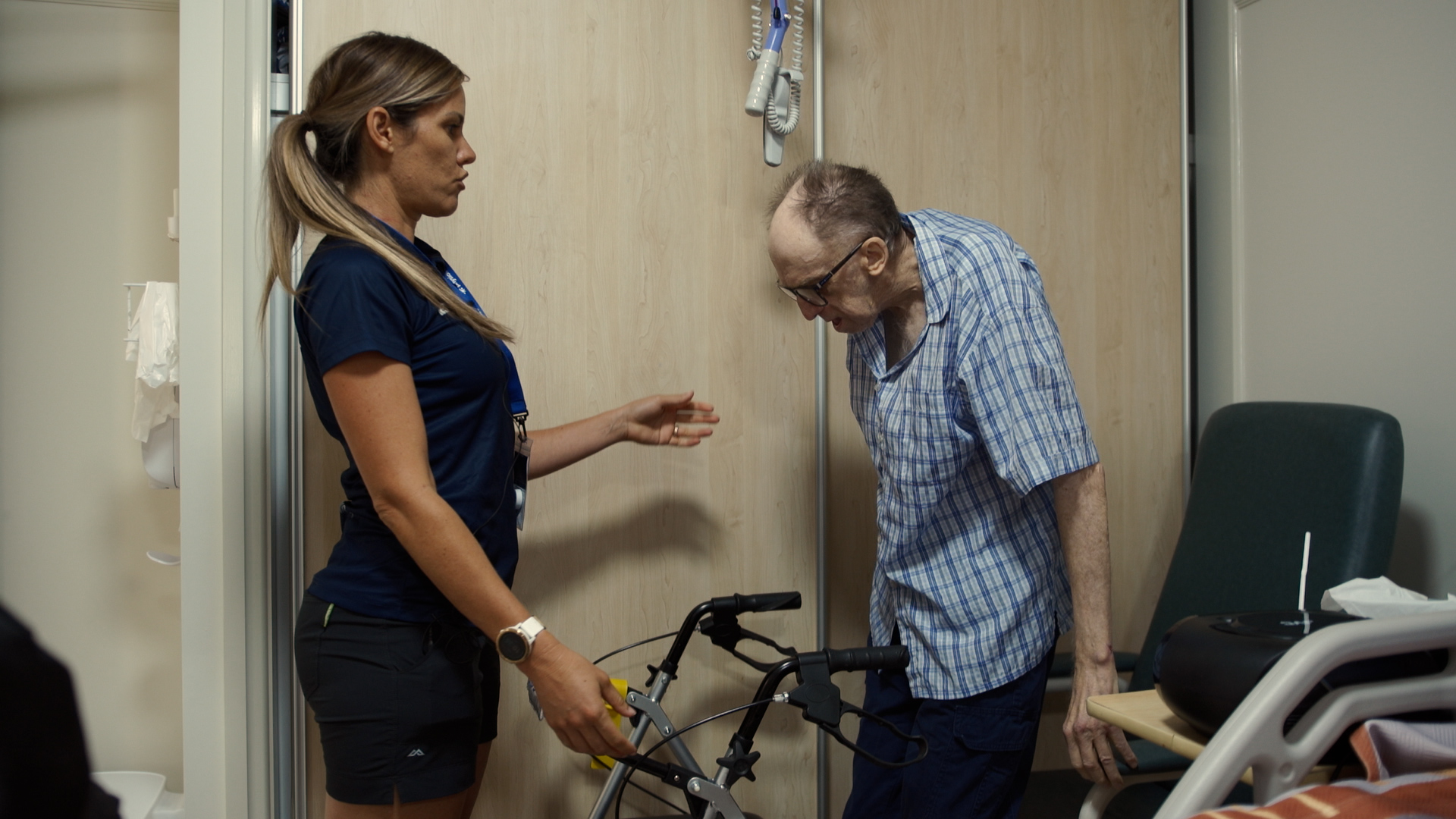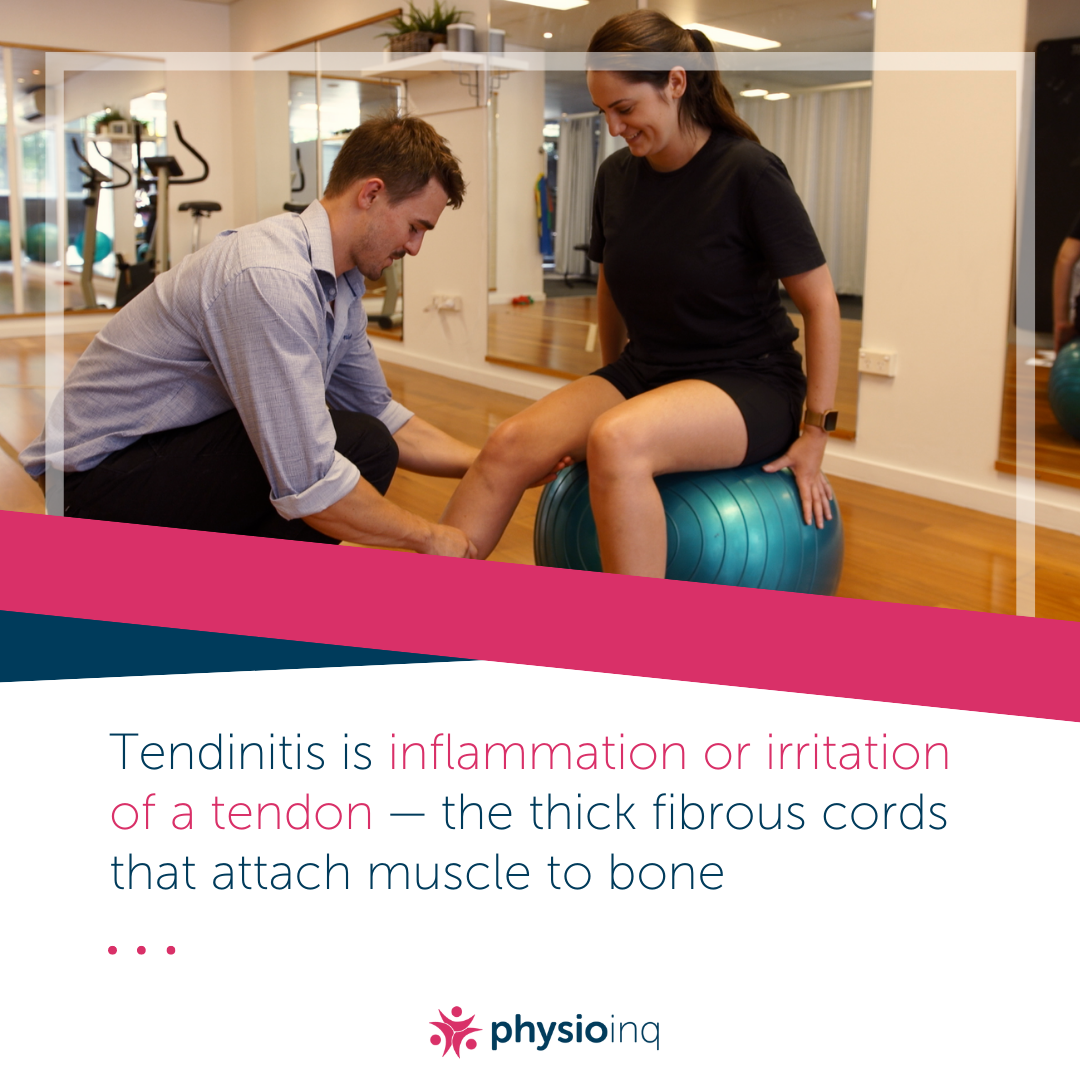Make an Appointment
Hip resurfacing has become widely popular for younger individuals suffering from bad hips who are looking to stay active post procedure. Those suffering from hip joint arthritis and other degenerative hip disorders, who are under the age of 65, should consider hip resurfacing as an alternative to a total hip replacement.
Hip joint arthritis
The hip, is ball-and-socket joint, meaning that its mobility is heavily impacted by the amount of cartilage surrounding it. The femur (thighbone), comes to a head at the pelvis; this is referred to as the ‘femoral head’. The femoral head sits inside an area of the pelvis called the ‘acetabulum’ i.e. the ‘socket’. These two bones work together and make up the hip joint. Cartilage, lubricates and protects joints; it is what allows the femoral head to glide within the acetabulum smoothly, constituting hip-mobility.
Arthritis is a degenerative joint disease that causes inflammation in the joints and causes pain, swelling and cartilage erosion. Lack of healthy cartilage leaves bones unprotected, making them susceptible to damage. As cartilage deteriorates, bones start to rub together without the protective intermediary of cartilage leading to bone on bone friction. This is very painful and causes additional swelling and lack of mobility.
**Arthritis is an umbrella term, meaning it describes many different inflammatory and degenerative joint diseases. Among the most common are osteoarthritis and rheumatoid arthritis. Degenerative joint diseases are most commonly attributed to old age and overuse/overactivity, although family history and diet can be factors as well.

What is hip resurfacing?
A hip resurfacing procedure or ‘arthroplasty’, is a surgical procedure in which the femoral head of one’s thighbone is trimmed for any damaged or diseased cartilage and fitted with a metal cap. It differs from a complete hip replacement in that it is merely a capping of the femoral head (ball of the hip joint) as opposed to a complete replacement of the ball-and-socket with artificial parts.
Hip resurfacing vs replacement
Hip resurfacing is a less invasive alternative to hip replacement that allows patients to maintain a higher level of mobility and to keep more of their own thighbone. This is done by merely shaving and capping the ball-and-socket joint with a metal cap as opposed to total hip replacement, in which the entire ball-and-socket joint is removed and replaced with a prosthetic, usually made from plastic or metal and in some cases including ceramic components. Prosthetic hips can often break down or loosen over time with excessive physical activity, making hip resurfacing a better option for younger and more active individuals.
Andy Murray, a former professional tennis player, and Wimbledon champion, recently went through hip resurfacing surgery as opposed to a complete hip replacement in an attempt to prolong his tennis career. Murray most likely suffered from osteoarthritis that led to his intense hip pain throughout the latter portion of his career. Although the surgery was ultimately not able to save Murray’s career, it was the obvious choice for someone looking to stay active and hoping to continue to play competitively. Increased durability and mobility, when engaging in physical activity post-procedure is one the reasons why hip resurfacing is popular among young and active folk.
Advantages of hip resurfacing
Generally speaking, hip resurfacing is a great option for those who can avoid a total hip replacement and wish to retain maximum range-of-motion. There are many benefits to the procedure, such as:
1. Recovery time:
Hip resurfacing is less invasive than total hip replacement, and the recovery time is much shorter. In many accounts, patients have been back to walking within mere hours of their surgery.
2. Ability to return to normal activity
Because of the increase in range-of-motion and lowered risk of dislocation, hip resurfacing allows patients to eventually work up to normal activities such as running, jumping lifting and general sports activities, like CrossFit (although these types of activities are not recommended within the first 12 months).
3. Easier revisions:
The materials and components used in a total hip replacement can wear out over time. Having more of the femoral bone available makes revisions and adjustments easier to complete if necessary.
4. Keeping more natural bone:
Removing less bone during surgery not only makes future revisions easier to perform but increases the mobility of the joint and reduces the chance of leg-length imbalances as well.

Disadvantages of hip resurfacing
When considering any surgical procedure, it is important to consider all of the possible risks and complications. Some of these include:
1. Metal ion risk:
The use of metal in hip resurfacing, combined with friction due to movement can cause tiny metal molecules (ions) to be released into the body. In some cases, these metal ions can react poorly with tissue in the surrounding area causing pain, swelling and possibly needing additional surgery.
2. Femoral neck fracture:
Because hip resurfacing repairs the femoral head as opposed to replacing it, there is a chance of the area just under the femoral head (femoral neck) fracturing in the future. Although, if this occurs, a hip replacement is still an available option.
Other possible, yet rare complications involved in hip resurfacing are:
- Nerve injury
- Blood clots
- Blood vessel damage
Like any surgery, there are possible complications that can occur. Avoiding surgery whenever possible is always best. Seeking out professional advice from someone such as a physiotherapist is a great way to prevent injuries or joint pain before getting to the point of requiring surgery.
The cost of hip resurfacing surgery
There are many reasons to avoid surgery whenever possible. One of which is the cost. Depending on where you go and what materials are used, hip resurfacing procedures can cost upwards of $17,000 - $45,000 (AUD). There are many non-invasive, preventative measures that can be taken to prevent hip resurfacing surgery altogether. Change in diet, increasing your range-of-motion and regularly seeing a physiotherapist for assessment and treatment can all reduce arthritic-like symptoms and in some cases avoid surgery altogether. Early detection is key, and when it comes to your quality of life, it’s always best to be on the safe side.
Get ahead of the pain
Hip resurfacing is a great alternative for active, younger folks when compared to total hip replacement. It offers great durability, range-of-motion and is easier to revisit surgically if necessary. Naturally, it’s the obvious choice for athletes (such as Andy Murray), but total rehabilitation and pain relief is not guaranteed. Just like any surgical procedure, there are complications that can arise. It is always best to contact a professional as soon as arthritic symptoms start to occur such as pain, swelling of the joints, and loss of mobility. Luckily, we can help.
We have a team of Physiotherapists, Mobile Physiotherapists and Exercise Physiologists across Australia ready to expertly assess your symptoms and come up with an action plan specific to your needs. We offer many different treatment options from a variety of different health practitioners in order to provide you with exactly what you need. Contact us by phone at 1300 731 733 or find a location nearest to you to get started!
Date Published: Thursday, March 28, 2019
Locate a Aged Care Physiotherapy
Service Near me
Get the experience & convinence you deserve to support your or a loved one's allied health needs.
Our Aged Care Physiotherapy team are currently serving & taking appointments in the following states and regions in Australia:
Need to get into direct contact with ur Client Services team? We're all ears. Call our team directly on 1300 731 733














